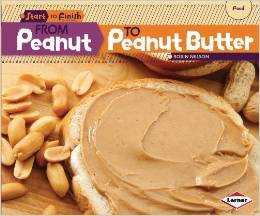
From Peanut to Peanut Butter
Follow the production path of peanut butter from the planting of the seed to the manufacturing of peanut butter!

Follow the production path of peanut butter from the planting of the seed to the manufacturing of peanut butter!
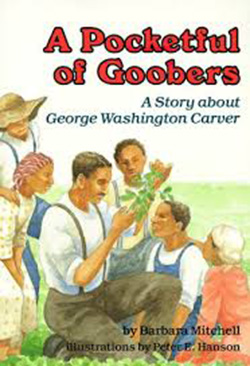
There wasn't anything that George Washington Carver couldn't grow. He took the common goober—today's peanut—and created hundreds of useful products from it, turning goobers into a very profitable staple for the South. At the same time, this very special man passed on to everyone who knew him the importance of following one's own dreams.
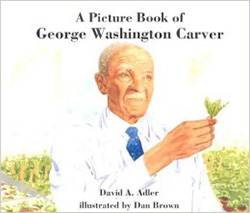
This is the inspiring story of the pioneering African-American teacher, scientist, and artist. Carver is perhaps best known for his scientific work with peanuts and sweet potatoes (and for inventing peanut butter!). Adler tells of Carver's work at the Tuskegee Institute with Booker T. Washington, his hard childhood, and his determination to learn despite many obstacles. A man of deep faith, Carver worked throughout his life to create scientific discoveries that would improve the lives of Southerners—especially African-Americans.
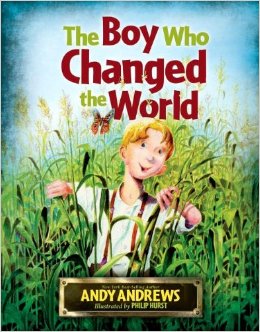
This book tells the story of Nobel Laureate, Norman Borlaug. Norman grew up as an average farm boy in Iowa, but later his work as a plant scientist reached far and wide to help improve the growth of wheat, rice, and corn all over the world. This book highlights the benefits of emerging science, but also has an underlying message to teach kids that, "Every choice you make, good or bad, can make a difference."
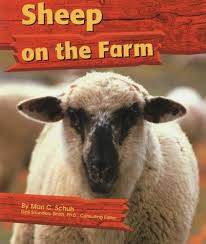
Students will read about the physical appearance and basic needs of sheep and will learn why farmers raise certain types of animals.
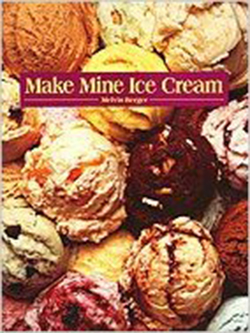
A colorful photographic journey from milk to ice cream. A 'big book' format for young audiences.
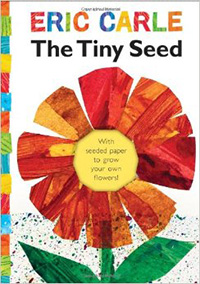
The Tiny Seed tells the story of the life cycle of a flower, beginning with a tiny seed.
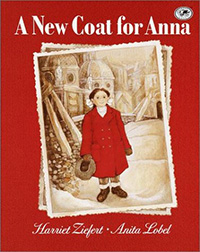
In A New Coat for Anna by Harriet Ziefert, Anna needs a new coat, but her mother has no money, and the stores are empty. The story takes place in the hard times following World War II. Anna's mother barters, directly exchanging goods or services with a sheep farmer, a spinner, a weaver, and a tailor to produce the new coat.
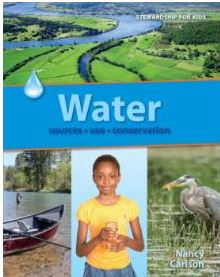
This 32-page book is perfect for any lesson on water. It contains informative text, pictures, and facts. Learn about the importance of water as well as the states, supply, and availability of it. Learn about the water cycle, rain, water tables, irrigation, and how water is used in agriculture. The book also includes numerous activities, websites, and other resources for teachers.
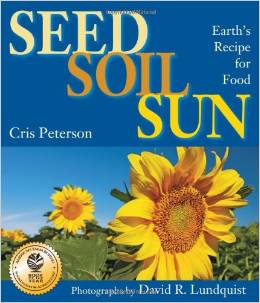
Seed. Soil. Sun. With these simple ingredients, nature creates our food. Noted author Cris Peterson brings both wonder and clarity to the subject of agriculture, celebrating the cycle of growth, harvest, and renewal in this American Farm Bureau Foundation's Agriculture Book of the Year.
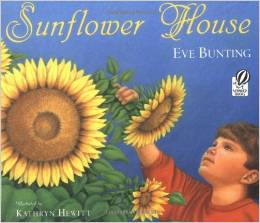
Sunflower House highlights the stages and life cycle of the sunflower. A young boy plants sunflower seeds in a large circle, waters the plants, and waits as they grow into a "house" to play in.
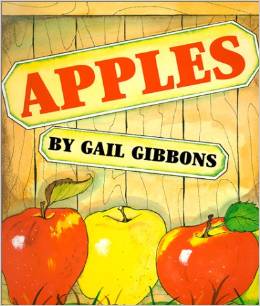
This book teaches all about apples. Students will learn how and when apples were brought to America, about Johnny Appleseed (John Chapman), where apples grow, names of basic varieties of apples, the parts of an apple, about pollination of apple blossoms, the lifecycle of the apple tree, and the many culinary uses for apples.